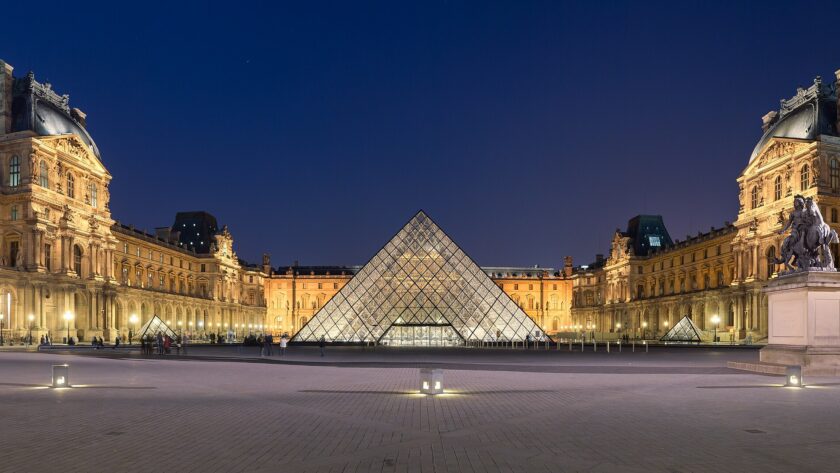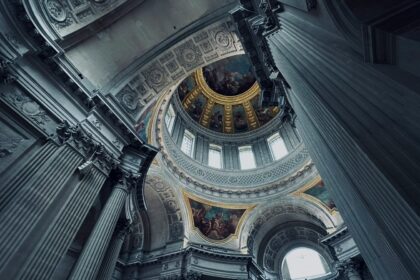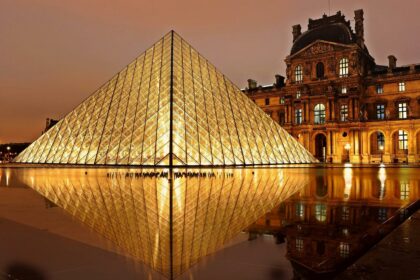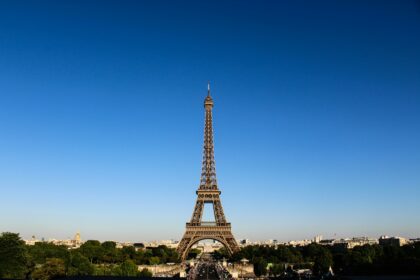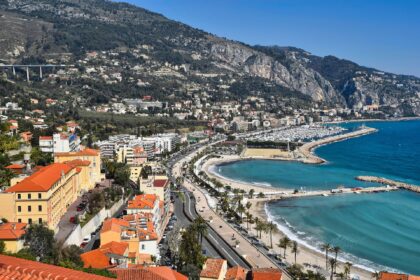Nestled in the heart of Paris, the Louvre Museum stands as a testament to centuries of artistic achievement and cultural heritage. With over 35,000 works of art spanning from antiquity to the present day, navigating the expansive halls of the Louvre can be an overwhelming yet deeply rewarding experience. From iconic masterpieces to hidden gems, here’s a curated guide to some of the must-see attractions within this monumental institution.
Exploring the Louvre: A Journey Through Time
The Mona Lisa: A Tale of Mystery and Controversy
Undoubtedly, one of the most famous artworks housed within the Louvre is Leonardo da Vinci’s enigmatic masterpiece, the Mona Lisa. However, upon encountering this petite portrait amidst the throngs of eager visitors, some may find themselves underwhelmed by its modest size and the distance enforced by protective barriers. The hype surrounding the Mona Lisa often overshadows its actual viewing experience, leading to a sense of anticlimax for many visitors. Nevertheless, its mysterious smile and impeccable craftsmanship continue to captivate art enthusiasts from around the globe.
Venus de Milo: An Icon of Classical Beauty
Located in the Louvre’s Greek antiquities section, the Venus de Milo stands as a symbol of timeless beauty and grace. Carved from marble in ancient Greece, this iconic sculpture depicts the goddess Aphrodite (Venus to the Romans) in a moment of ethereal tranquility. Despite her missing arms, the Venus de Milo exudes a sense of elegance and serenity that transcends the centuries.
Must-See Exhibits Across the Louvre’s Vast Galleries
- Winged Victory of Samothrace (Main Staircase): Perched atop a grand staircase, this Hellenistic masterpiece depicts Nike, the Greek goddess of victory, in a dynamic and triumphant pose.
- The Raft of the Medusa by Théodore Géricault (Room 77): Géricault’s monumental painting powerfully portrays the tragic tale of a shipwrecked crew adrift at sea, invoking themes of human suffering and resilience.
- The Coronation of Napoleon by Jacques-Louis David (Room 75): This grandiose painting immortalizes Napoleon Bonaparte’s coronation as Emperor of the French in 1804, showcasing the opulence and splendor of the Napoleonic era.
- Psyche Revived by Cupid’s Kiss by Antonio Canova (Room 4): Canova’s neoclassical sculpture depicts the mythical love story of Psyche and Cupid with exquisite detail and emotional depth.
- The Wedding at Cana by Paolo Veronese (Room 711): Spanning an entire wall, Veronese’s masterpiece captures the biblical miracle of Jesus turning water into wine at the wedding feast in Cana, showcasing the artist’s mastery of composition and color.
- The Code of Hammurabi (Room 2): Dating back to ancient Mesopotamia, this well-preserved law code carved onto a black diorite stele provides valuable insights into the legal system of Babylonian society.
- The Liberty Leading the People by Eugène Delacroix (Room 77): Delacroix’s iconic painting commemorates the July Revolution of 1830 in France, depicting Liberty personified as a powerful allegorical figure leading the people towards freedom and revolution.
- The Dying Slave and The Rebellious Slave by Michelangelo (Room 403): These unfinished sculptures by Michelangelo offer a glimpse into the artist’s creative process, showcasing his unparalleled skill in capturing the human form with raw emotion and dynamism.
- The Great Sphinx of Tanis (Room 338): Dating back to ancient Egypt, this colossal limestone sphinx guards over the Louvre’s Egyptian antiquities collection, serving as a symbol of mystery and wonder.
- The Venus of Milo (Room 346): Another embodiment of classical beauty, the Venus of Milo continues to enchant visitors with her serene countenance and timeless allure.
- The Winged Bulls of Assyria (Room 4): These colossal guardian figures once adorned the entrance to the palace of King Sargon II in ancient Assyria, showcasing the grandeur and power of the ancient Near East.
- The Lacemaker by Johannes Vermeer (Room 846): Vermeer’s intimate portrayal of a young woman engrossed in lacemaking exemplifies the artist’s mastery of light, shadow, and delicate detail.
- The Portrait of Louis XIV by Hyacinthe Rigaud (Room 710): Rigaud’s regal portrait of the Sun King, Louis XIV, captures the monarch’s imposing presence and absolute authority, reflecting the splendor of the French court during the Baroque era.
- The Winged Victory of Brescia (Room 4): This ancient Roman statue of Nike, the goddess of victory, exemplifies the idealized beauty and dynamic movement characteristic of classical sculpture.
- The Delphic Sibyl by Michelangelo (Room 403): Part of the Sistine Chapel ceiling frescoes, Michelangelo’s depiction of the Delphic Sibyl embodies the artist’s unparalleled skill in rendering human anatomy and expression.
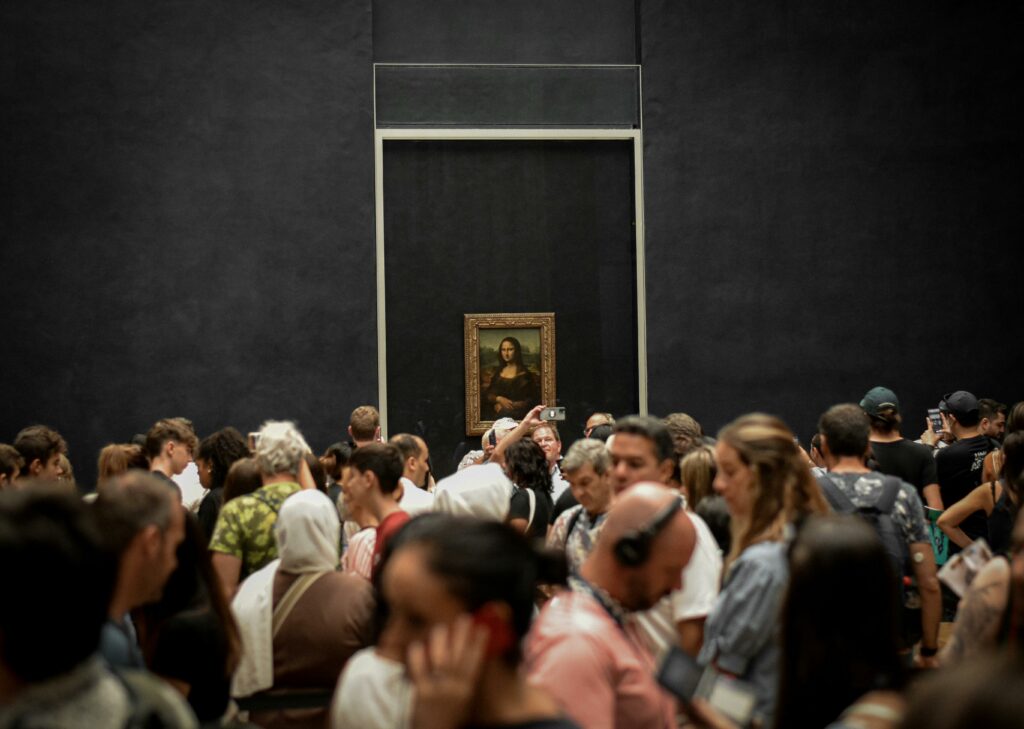
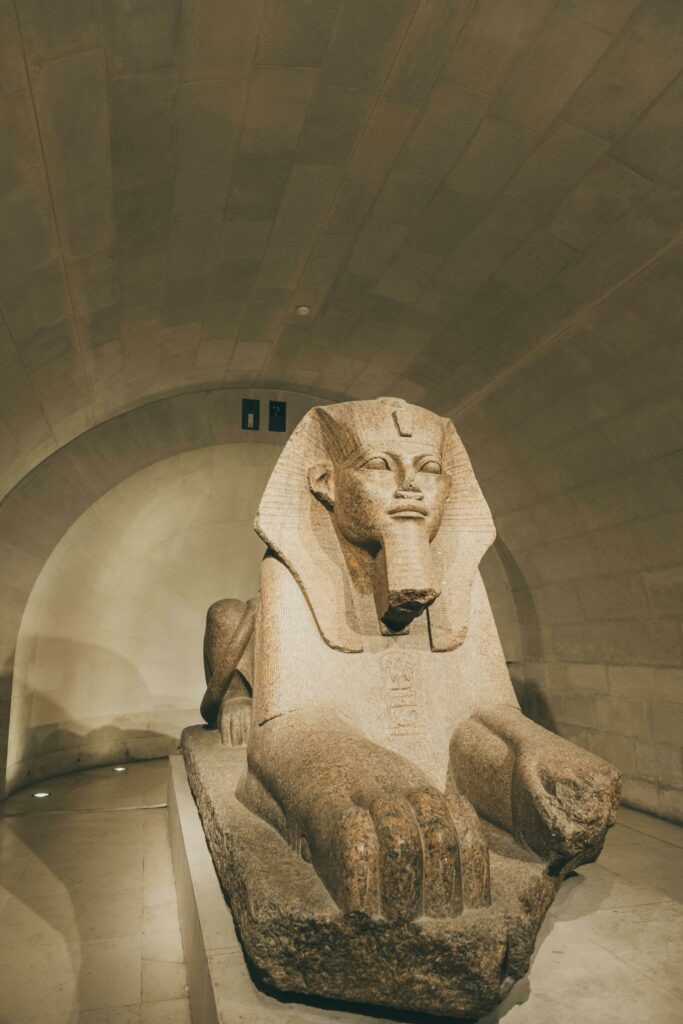

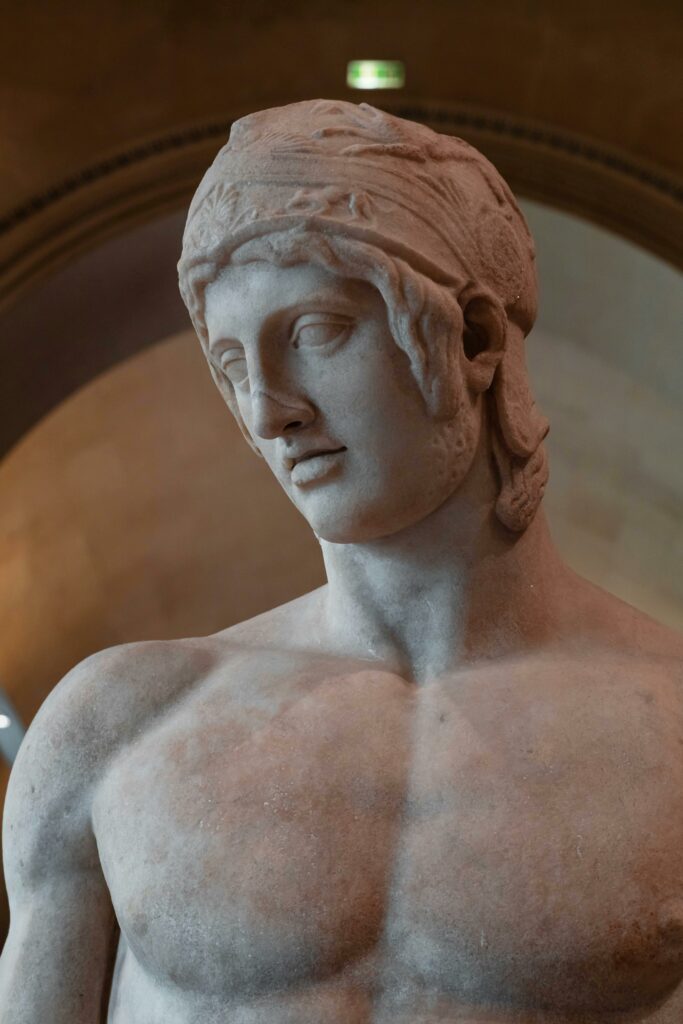
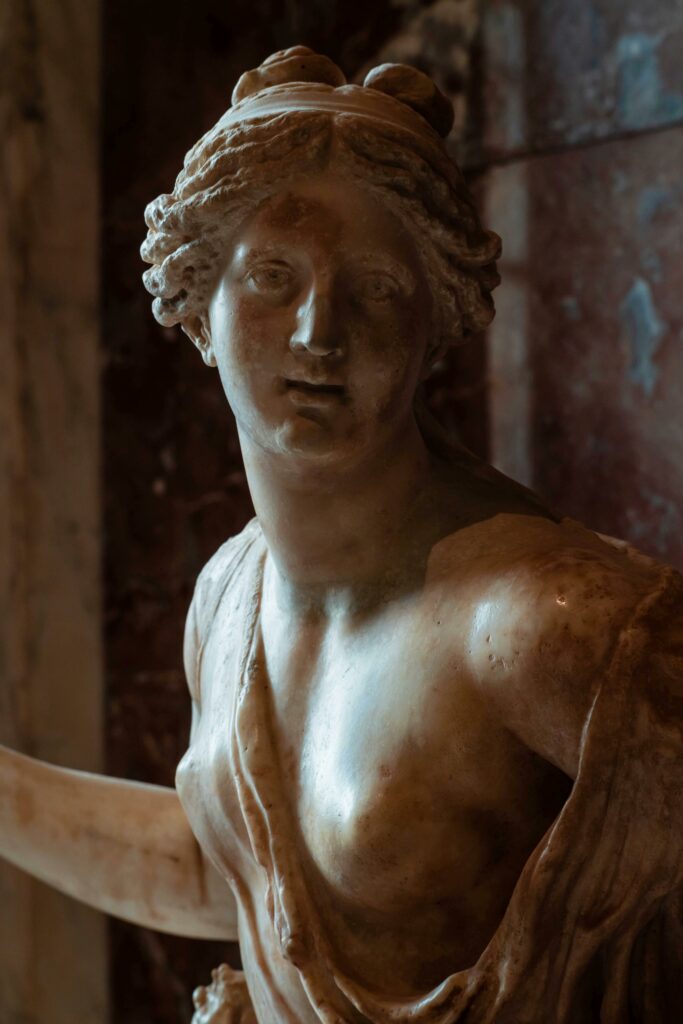

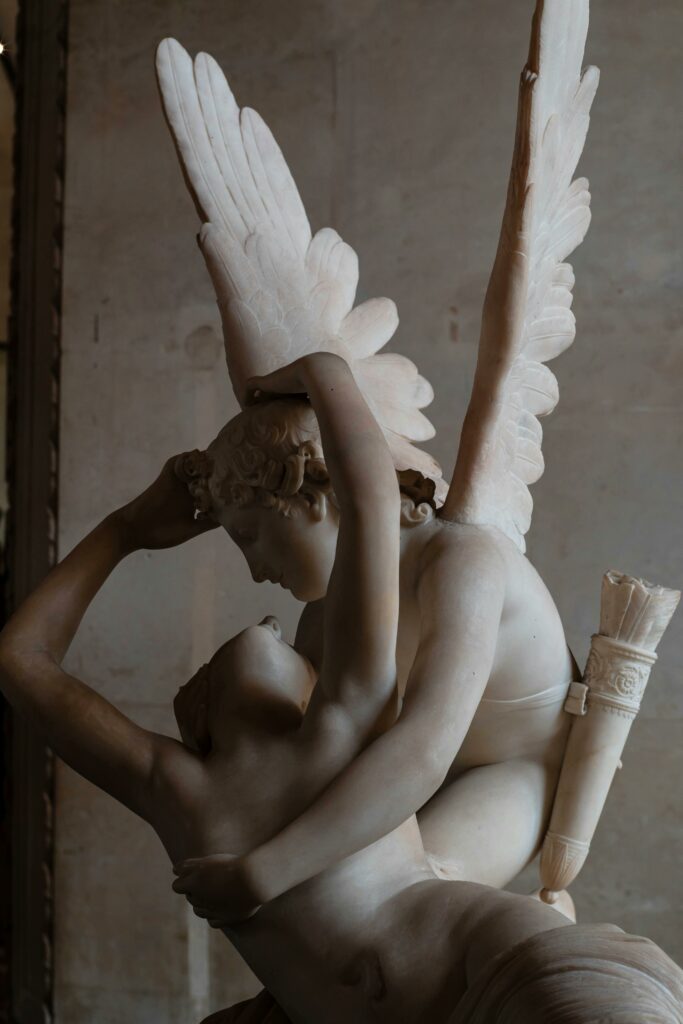
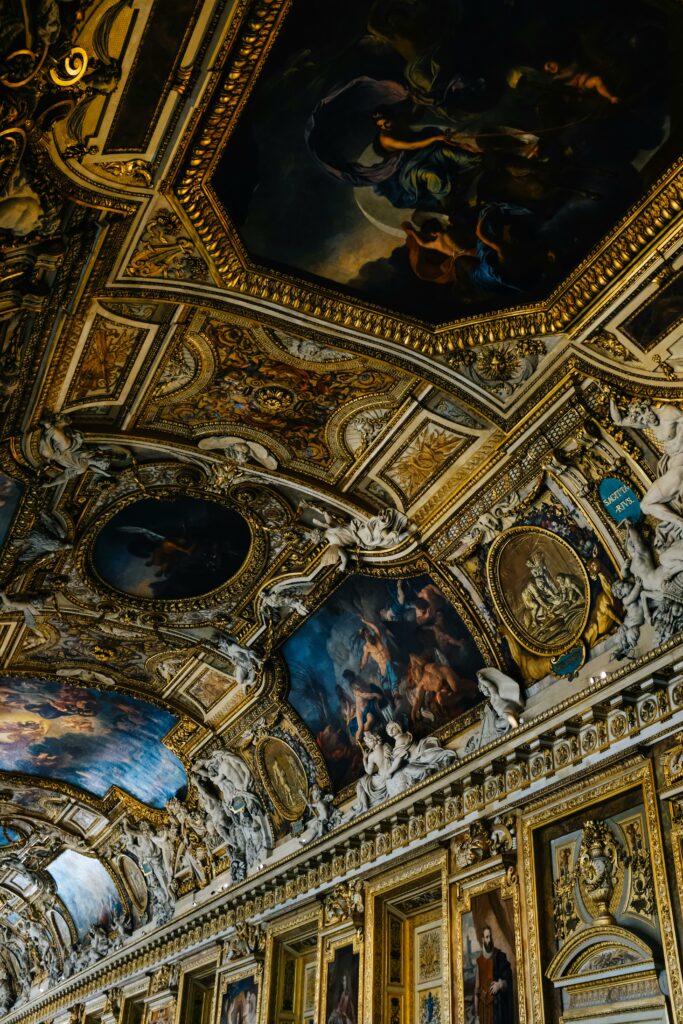

Unveiling the Splendor of the Louvre: A Nighttime Spectacle
As daylight fades and the city of Paris transforms into a twinkling panorama of lights, the Louvre takes on a new aura of enchantment. The grandeur of its historic façade illuminated against the backdrop of the night sky evokes a sense of awe and wonder, inviting visitors to experience the museum’s treasures in a different light.
In conclusion, the Louvre Museum stands as a testament to the enduring legacy of human creativity and ingenuity. From iconic masterpieces like the Mona Lisa and the Venus de Milo to lesser-known treasures waiting to be discovered, each artwork within its hallowed halls tells a unique story and invites us to glimpse into the depths of our shared cultural heritage. So, whether you’re a seasoned art aficionado or a curious traveler seeking inspiration, a visit to the Louvre is sure to leave an indelible impression that transcends time and space.
Main image source and credits here.
